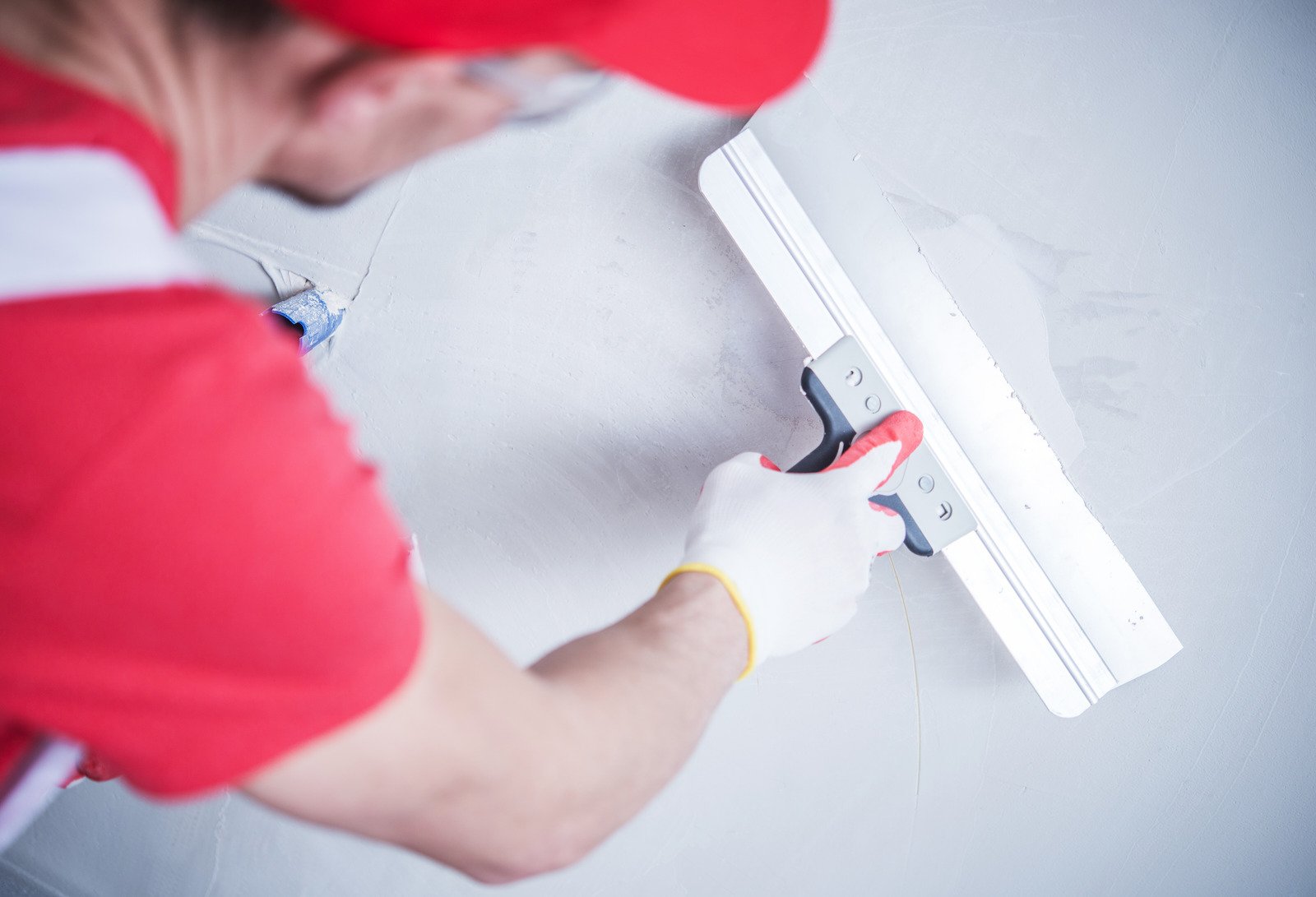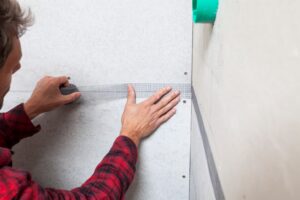If you’ve noticed unusual wall discoloration, peeling paint, or a musty smell in your home, it could mean hidden moisture damage in your drywall. Spotting these signs early is important to avoid bigger, more expensive problems later on. Using tools like moisture meters and checking commonly missed areas can help you figure out how bad the issue really is. But fixing it takes more than just spotting the signs—you need a step-by-step approach to repair and prevention.
Key Takeaways
-
Watch for wall discoloration, peeling paint, or bulging drywall—these can all be signs of hidden moisture.
-
Use tools like moisture meters to check moisture levels in suspicious areas.
-
A musty odor often means there’s moisture damage, even if it’s not visible.
-
Fix the source of the problem—like leaks or high humidity—to stop more damage from happening.
-
Prevent future issues by using moisture barriers and making sure your home is well-ventilated.
Recognizing the Signs of Moisture Damage
When checking your walls, knowing the signs of moisture damage can save you from big repairs down the road.
Look for things like dark spots, streaks, or patches of wall discoloration. These may be signs of water getting in, which can also lead to mold.
Peeling paint and bulging drywall are also red flags. Even how the surface feels—damp, soft, or strange to the touch—can mean trouble.
And don’t ignore musty smells. They’re a strong sign that moisture is hiding somewhere in the wall. Catching these early can help you fix the problem before it gets worse.
Inspecting Your Walls for Hidden Issues
Once you’ve seen obvious damage, it’s time to look deeper.
Start by closely examining the wall surface. Check for peeling paint, warping, or stains that could mean moisture is hiding underneath.
Use a moisture meter to test these spots. It’ll tell you how much moisture is actually inside the drywall—even if everything looks fine on the outside.
Also, don’t forget places like corners, behind furniture, and behind appliances. These spots are often missed but can hide serious problems.
Assessing the Severity of Moisture Problems
To know how serious the moisture problem is, start by testing with a moisture meter. Take readings in different areas—especially where you suspect damage.
Then, look at the physical condition of the drywall. Discoloration, peeling, or warping all point to a bigger issue. A strong musty smell could also mean there’s mold or deeper damage.
If readings are high and you see signs of damage, it’s time to find where the moisture is coming from—like a leak or poor ventilation. Knowing this helps you decide if it’s a small fix or something that needs quick attention.
Steps to Address and Repair Moisture Damage
Start by finding and fixing the source of the moisture—whether it’s a leaky pipe or humid room.
Use a moisture meter to confirm exactly where the damage is. If drywall is too damaged, you may need to cut out and replace those parts. For smaller areas, dry them completely and use a patching compound.
Fix the root issue, like sealing leaks or using a dehumidifier, to stop the problem from coming back.
Once repairs are done, keep an eye on the area for any new signs of moisture.
Preventative Measures to Avoid Future Issues
Once you’ve fixed the damage, it’s important to prevent it from happening again.
Install moisture barriers in rooms that get humid often, like bathrooms and basements. These help block water from getting into the drywall.
Regularly check your plumbing and roof for leaks. Use exhaust fans to keep rooms well-ventilated.
Also, clean out gutters and make sure water from downspouts goes away from your home’s foundation. Walk around your house now and then to check for early warning signs.
Frequently Asked Questions
Can I Use a Moisture Meter on Drywall?
Yes! Moisture meters work well on drywall and help you find hidden dampness. Just make sure to follow the instructions for the most accurate results.
How Long Does It Take for Moisture Damage to Show Up?
Damage can appear in just a few days or take a couple of weeks, depending on how much water is involved. Catching it early helps you avoid bigger problems later.
What Types of Mold Are Linked to Moisture Damage?
You might see black mold or Aspergillus. Both can cause breathing problems and allergies. That’s why it’s important to fix moisture issues quickly.
Will Insurance Cover Moisture Damage Repairs?
It depends on your policy. Some insurance covers sudden damage, but not long-term issues. Check with your provider to understand what’s covered.
What’s the Best Way to Dry Wet Drywall?
Use fans and dehumidifiers to dry it out. Get air moving and remove moisture from the room to prevent mold from growing.
Conclusion
In short, spotting hidden moisture damage early helps you avoid expensive repairs. Watch for signs like stains, soft spots, or musty smells, and use moisture meters to confirm any problems. Fix the source, repair the drywall properly, and take steps like adding ventilation or moisture barriers to keep things dry. With regular checks and a little planning, your home can stay safe and moisture-free.




